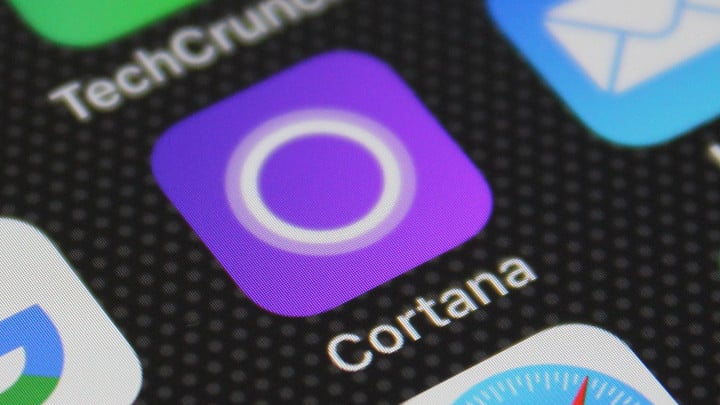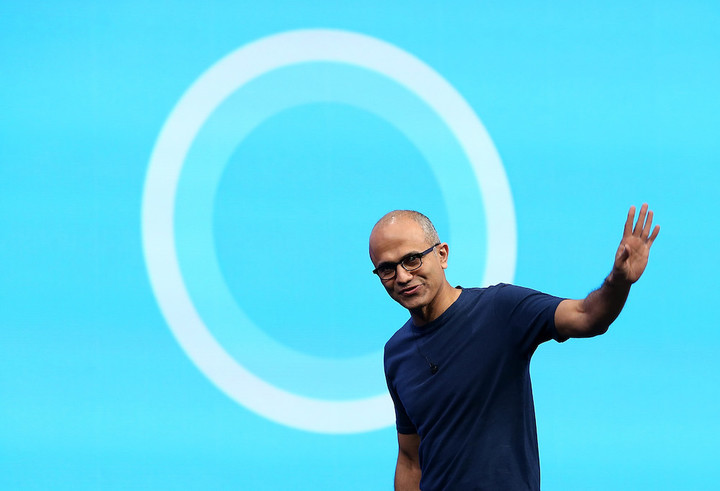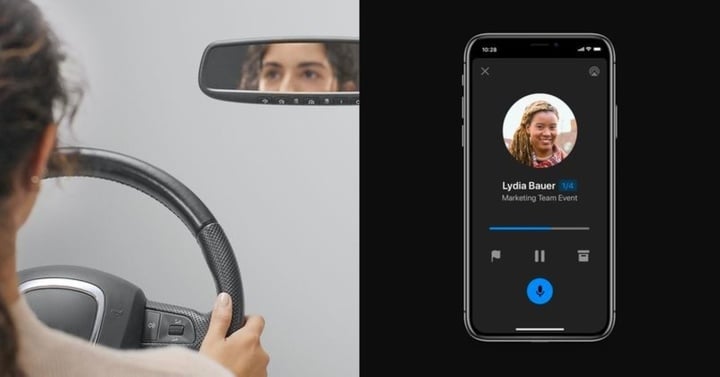Microsoft will be stops support for Windows Phone, and Cortana, the voice assistant originally used on Windows Phone, will also leave the phone.
Microsoft recently announced on the official website that they will stop supporting Cortana’s iOS and Android versions of the app on January 31, 2020, and the Cortana feature in the Microsoft Launcher will be removed in the new version of the app, Affected Markets include the United Kingdom, Australia, Germany, Mexico, China, Spain, Canada and India.
At that time, content such as notes, lists, and tasks that users previously created through the Cortana mobile app will be automatically synced to the Microsoft To Do app.

▲ Image courtesy of TechCrunch
Of course, this does not mean that Microsoft is going to give up Cortana. At the beginning of this year, Microsoft CEO Satya Nadella said , Cortana’s positioning is no longer a competitor to smart voice assistants like Google Assistant and Alexa:
Cortana needs to be a skill tool available to any Microsoft 365 subscriber. You should be able to use it with Google Assistant and Alexa, just as you can use our app on Android and iOS, at least we look at it this way.
So, when the Cortana app goes offline, it will be integrated into the Microsoft 365 productivity tool.

▲ Image from TIME”
Although this sounds a bit like a big-eyed paper clip assistant, Microsoft’s accessibility features for Cortana sound quite real.
At the beginning of this month, Cortana business owner Andrew Shuman was interviewed by Windows Central at Some of the features of Cortana in the work scene have been exemplified.
Microsoft announced that it will launch Play My Emails for Outlook Mobile next year. You can interpret this feature as having Cortana read the message you received, but it will also organize the information for you.
For example, during the reading process, Cortana will delete unnecessary parts, such as the serial number of the order that you will never copy when you listen; when you have a picture, Cortana will also tell you that the mail contains Pictures, go back and remember to see; if a message involves multiple responses, Cortana will also read responses from different people.

▲ Image courtesy of The Star Online
In addition to processing and reading information, Cortana can also “negotiate” for users.
When a user discusses a meeting time with a colleague via email, they can list Cortana as one of the recipients. Next, Cortana will call the company’s internal calendar to suggest appropriate timelines for both parties. If the other party is a partner outside the company, Cortana can use the natural language and the other party’s agreement time.
Shuman describes Cortana’s functionality as “not interactive, but more of a delegated feature,” which he believes is a real office assistant’s task.
Our billions of active users are using Outlook for mobile. They see Outlook as a daily information center, open several times a day, and always check for new information.
This is a more natural call to the helper, especially because the assistant manages time, people, and tasks.
In general, instead of competing with Alexa and Google Assistant, which now have a large market share, as a user’s universal voice assistant, Cortana’s more differentiated and functional positioning may go further.
The title map is from Computer World